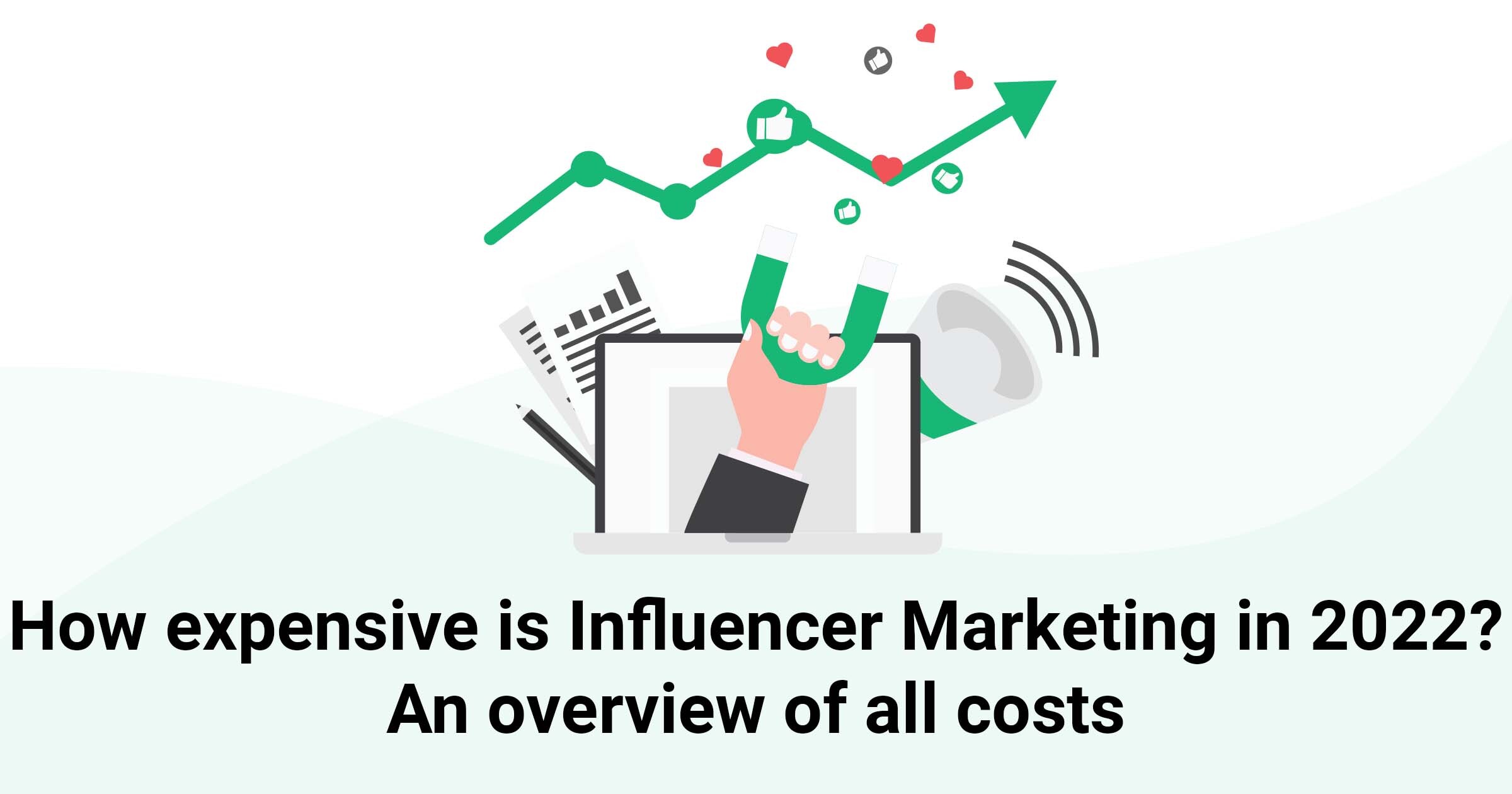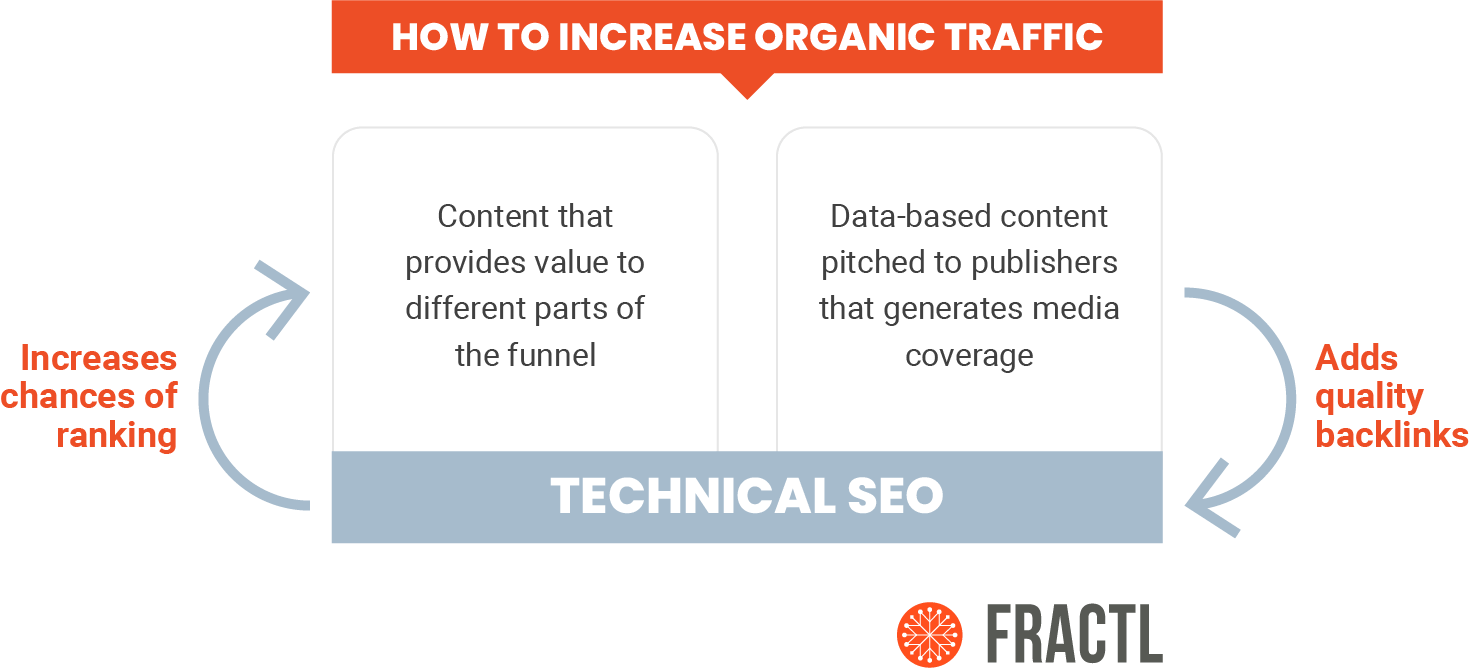
You need a strategy to achieve your goals if you want to use content marketing to grow your company. Establish goals that guide your content marketing. You also need to establish KPIs. Finally, you should create a content schedule. These steps will help you determine who you want to reach, how to deliver your content, and how to measure success. Once you have these steps, you can begin to plan the steps to get you there.
Creating a content marketing strategy
Content marketing strategies that work include creating an editorial calendar, scheduling regular content and ensuring it is regularly updated. It involves planning out the content that will appeal most to your audience, identifying them, and writing every piece of content. A key component of any successful marketing strategy is consistency. You can maintain a steady stream of content by having enough content to post on a regular basis. You should also consider the life stages and devices of your audience.
Setting SMART goals
It is important to set SMART goals when planning your content strategy. The SMART goals should be specific and measurable. They must also be realistic, achievable, realistic, time-bound, and attainable. This framework will help to track your progress and measure the success of your efforts. It is important to set goals that are achievable and challenging. You should also make sure that they are time-bound in order to stay on track.

Defining KPIs
Metrics are a key part of any content marketing strategy. To monitor your progress, page views can be used as a simple indicator. You can also use page views to segment traffic by channel and determine which channel is driving most traffic. This lets you see exactly where your efforts are paying off. It is not enough just to see how many page views you have. You also need to look at conversion rates to understand the effectiveness and efficiency of your content marketing.
How to create a content schedule
Creating a content calendar for your business is crucial to creating consistent, high-quality content. This will help you to identify the trends and most popular topics. It can also help you plan out how to publish your content and repurpose it across multiple channels. Using a content calendar can help you manage your content production process more efficiently. A content calendar can help you spot gaps in your content marketing strategy, and alert you to good copy before you start writing. It can also be used to monitor your content output and find collaboration opportunities.
Attracting the right audience
An effective content marketing strategy will help you attract audience members to your website and ultimately boost your sales. Content marketing includes various formats, such as articles, videos, and photographs. Strategy determines which type of content is best for your business. It is also possible to define your content distribution channels, goals and objectives. Your content must be relevant to your audience in order to attract them. The benefits of content advertising will be discussed in the following paragraphs.

FAQ
What are the 7 steps to content marketing?
The seven-step process for content marketing includes:
-
Identify the problem
-
Discover what's working today
-
New ideas are possible
-
Turn them into strategies
-
Test them
-
Take measurements
-
Repeat the cycle until you find something that works.
This strategy is practical for both large and small businesses.
How can I measure success in content marketing?
There are several ways you can measure the effectiveness and impact of your content marketing efforts. One way to measure the effectiveness of your content marketing efforts is to monitor how many visitors visit your website. Another option is to monitor how many leads are generated.
What amount should I spend on content marketing?
That depends on how many leads you want to generate. The average cost per lead ranges from $5-$10, depending on the industry. For example, when we first started our business, we were spending about $20 per lead. Today, we spend about $6-7 per lead.
How do I measure success in content marketing?
There are many different ways to evaluate the effectiveness your content marketing strategy.
Google Analytics is a great tool for measuring traffic. This tool allows you to see where your targeted traffic is coming from and what pages they are visiting most often.
It also tells you how long each visitor stays on your site before leaving.
This data can be used to improve content to attract people's interest and keep them engaged for longer durations.
You can also use these questions to gauge the success of content marketing efforts.
Do my new subscribers get any value from my email newsletters or not? How many people have converted to paying memberships from my entire mailing list? How many people have clicked through on my landing site? Do those who click through convert at higher rates than others?
These are all important metrics you need to monitor and track over time.
Lastly, another great way to measure content marketing success is to look at the number of times people share links to your content across social networks.
Start now if you don't already. It could be the difference in being seen or not in your industry.
How can you create good content?
The best content should be engaging, informative, and shareable. The best content will have a clear call for action. This could be a link or button that allows readers sign up for a trial, read more about your product, or order something from your site. Visuals are also important in order to make your content easily shareable across media.
What are the advantages of content marketing?
The creation of high-quality, relevant content can be used to increase sales and lead generation. Content marketing is a constant stream of quality content that can help promote products and/or services. Content marketing also increases brand awareness and trust among potential clients. Finally, content marketing creates a positive image for your company.
What are some common mistakes people make in starting a content-marketing program?
You must have a plan for your content marketing strategy. Without a solid plan, your efforts will go unused and cost you money. It's easy to create tons of content, but not know how or where it should be placed.
A well-thought out content marketing strategy will give you direction, focus and goals. It will help you keep track of everything as you move from one phase to the next. If you are doing social media campaigns, it might be a good idea to first analyze which posts get the most engagement. This will give you an idea of which posts will lead to traffic to the site. This information will allow you to decide whether or not you want to make a series, blog articles, or videos.
A common mistake is to not think about the length of the content marketing campaign. If you're planning on launching a new website tomorrow, it makes sense to write some content today. You may want to wait for more data if you have been working on a content-marketing strategy for six month before publishing new material.
It takes time to create great content. This is not something to rush.
Consider yourself a business person who is interested in content marketing. We recommend you to read our guide, How to Create Content That Works. This guide includes ten steps to help ensure your content marketing programs are successful.
Statistics
- We found that 40% of businesses don't have a documented strategy yet. (semrush.com)
- Seventy-two percent business to business (B2B) (mailchimp.com)
- Out of the 1,500 marketers we surveyed for our State of Content Marketing report, 78% who felt their content marketing strategy was exceptionally effective in 2021 had documented their strategy. (semrush.com)
- Progress indicators (0–100%) allow each team member to see how attainable each goal is and understand what remains to be accomplished. (semrush.com)
- An example of an overarching goal could be: "In 2022, we want to achieve a 20% increase in revenue created by organic content and generate 15,000 MQLs with a budget of $30,000." (semrush.com)
- According to research compiled by Coschedule: Companies that publish 16+ blog posts a month get as much as 3.5x as much traffic as those that publish 0-4 posts a month. (criteo.com)
- To further show the importance of this, 89% of people have stopped doing business with a company because of a poor experience. (neilpatel.com)
- Measure your goals with a progress indicator of 0-100%. Make your goals collaborative and transparent (semrush.com)
External Links
How To
What are the top content marketing platforms available?
While no platform works for all industries, there are some that work well in certain industries. Hubspot, for example, has been shown to increase conversion rates by nearly 50%. This is why it is so popular among marketers.
There are many tools out there that offer different features. Some tools offer better analytics tracking while others make it easier to collaborate between teams. Others offer A/B testing features that can help improve your content marketing ROI.
So before you choose a particular platform, consider the following: What are the pros and cons of each? It will meet my current needs? And what about in 2 Years?
Entrepreneur Magazine identifies the top 5 content marketing platforms.
Marketo Content Studio: Content Marketing Platform #1
Marketo is a provider of enterprise social media management software. It provides a variety of products and services including CRM software, social media publishing tools, and analytics dashboards.
They also offer a content Studio that allows businesses access to a range of pre-made templates as well as graphics that can easily be customized.
This means you don't have to spend hours designing new graphics or writing unique pieces of content. Instead, focus on creating content that is relevant to your audience.
Marketo makes adding images and videos to blog posts easy. This helps make them visually appealing and increases engagement with your readers.
Marketo is the only way to edit your video and image files.
Trello, Content Marketing Platform #2: Trello
Trello can be compared to Kanban boards for project management. Both have task lists on which users can assign tasks and monitor progress.
Trello lets you set up boards for each person on your team and assign specific responsibilities. Trello also allows for easy information sharing between employees.
However, unlike Kanban boards, Trello doesn't require any special software to run. So you can use it on virtually any device.
Another key difference is that Trello lets you invite people to collaborate on projects without having to share sensitive data.
This means that you can create a private Board and share only the most important details with those who need it to complete a task.
Google Suite 3: Content Marketing Platform
Google offers a variety of products specifically designed for business owners. Google's G Suite offers Google Docs and Sheets as well as Slides and Slides.
These applications aren’t free. You will need to pay for each user individually. But if you plan to use them for multiple purposes, many plans start at $5 per month.
To create a new document and embed a link to another website, two licenses would be required.
But if you want to just create one document, it is possible to do so free of charge.
Google tools are compatible with Gmail and other apps, which is a major advantage. Google tools can be used to send documents links via email, and you can store data in Google Drive.
Hubspot Content Management Platform 4
HubSpot is a popular web-based tool for marketing that provides a wide range of functions.
Through its platform, users can manage different aspects of their websites, landing page, and blogs. They can also create automated emails and track conversions.
HubSpot also integrates with Salesforce, WordPress and other platforms so that you can connect them all.
HubSpot integrates easily with over 200 other third-party software applications. This allows you to automate processes and create reports based upon real-time data.
Although HubSpot will not allow you to publish content, you are able export it into many formats such as HTML or PDF.
When it comes to pricing, HubSpot offers a free trial version. HubSpot offers a free trial version. However, you can upgrade to a paid account to gain unlimited access.
HubSpot offers a variety of solutions, including a blog platform and an eCommerce solution.